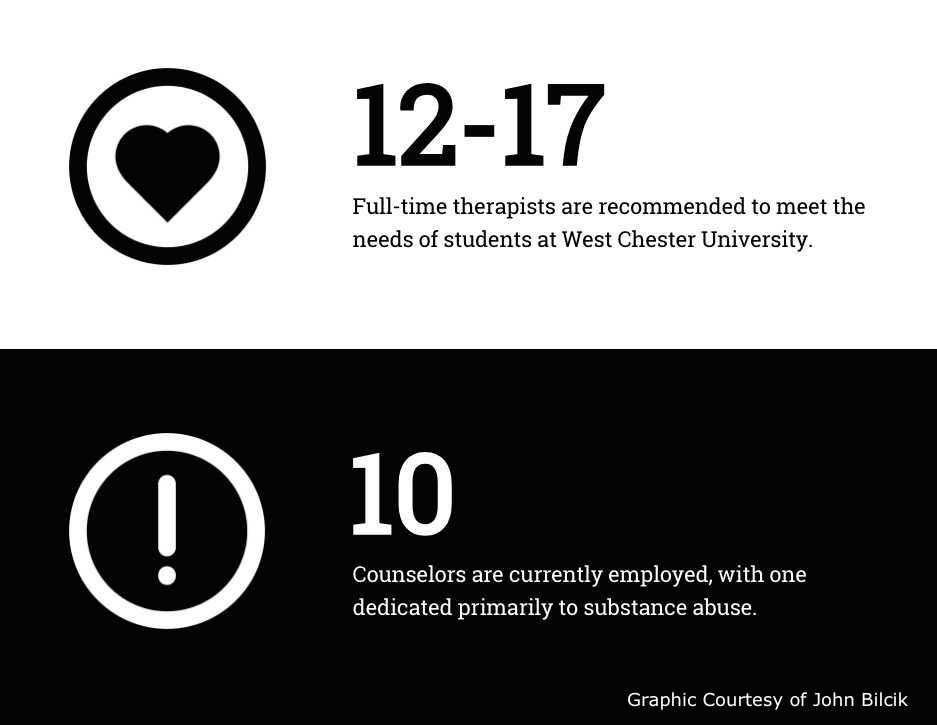After researching our University’s sexual misconduct policy and encountering an endless series of roadblocks and redirections throughout the fall semester of 2018, I narrowed down my concerns to a few crucial topics: advocacy, transparency, and visibility.
Sexual Misconduct Advocate
According to Psychology professor, Dr. Mahlstedt, the absence of a previous position, the sexual misconduct advocate, is a major issue. The position was created by the Campus Action Against Sexual Harassment team (CAASHT, active 1995-1997) in order to assist students who made complaints, and due to CAASHT’s activism, it became a standard part of the formal complaint process on campus. “There needs to be more advocacy for students coming forward. It’s a shame that by not creating visibility, students are alone.” When I asked Dr. Davenport, Vice President of Student affairs what happened to the position during a Town Hall in the fall of 2018, he responded succinctly, ““The position still exists.” While Dr. Davenport’s immediate response to my question about sexual misconduct advocates does not illustrate the reality of the position on campus, as conversations with the Center for Women and Gender Studies and Counseling Center psychologist Dr. Julie Perone revealed, further talks with faculty and staff leave me with hope that there will be some significant changes in the realm of advocacy. As students, it us up to us to hold the administration responsible for going through with these changes and keeping the study body informed and up to date.
Sexual Assault Reporting
In the realm of transparency, I am wary of the misleading nature of the Clery Statistics. The Clery Act, signed in 1990, “is a federal statute requiring colleges and universities participating in federal financial aid programs to maintain and disclose campus crime statistics and security information” (Federal Student Aid, “Clery Act Reports”). However, schools with fewer crimes reported in the Clery Statistics may not actually be any safer, as low numbers likely reflect errors in counting crimes or a lack of encouragement for students to come forward. Unfortunately for sexual misconduct survivors, underreporting comes at a cost. Professor Mahlstedt confirmed from her work with the Campus Action Against Sexual Harassment task force that “transparency and visibility go hand in hand. When people heard students coming forward, more and more students came forward. We know that there is what we call the ‘invisible victim,’ and I don’t think there is a lot of encouragement for the invisible victims to come forward.” Director for Equity and Compliance Lynn Klingensmith noted an increase in sexual misconduct reports to her office from 2015 to 2017, likely due to greater awareness of resources, but according to Clery statistics alone, reports of sexual assault have actually gone down. Even if the narrowness of Clery definitions is the cause of such low reports, the campus community would greatly benefit from a more comprehensive look at the numbers. If students got a chance to glimpse the real number of reports in a public forum, then they may feel less alone and more willing to share their experiences, allowing the university to better understand the needs of its population. Laura Dunn, founder and director of SurvJustice, a national not-for-profit victim’s advocacy organization, told Inside Higher Ed, “schools with higher rates are actually doing a better job of encouraging reporting and addressing the issue.”
When it comes to visibility, accurate reporting to the student body is a start. Properly advertising resources is also a crucial way to ensure that students know the kind of support that is available to them.
Updating Information
At the time of this article’s first publication (November 2018), I saw a flyer in the library’s first floor women’s bathroom with false information about confidential resources. The Center for Women and Gender Equity was listed as a confidential resource for students who are victims of sexual misconduct, though Ms. Hahn, Director of the Center for Women and Gender Equity, mentioned that the Center is no longer confidential in our interview. I do not know when the transition from confidential to non-confidential took place, but my ignorance only serves to illustrate the problem. Students need to know space for all students, there can be no compromise. While I was hoping that the article would prompt the administration to reach out to me, I received no follow-ups. It is our job as students of West Chester University to hold our administration accountable, and hopefully, my article was and can be a start.
24/7 Confidential Professionals:
U.S Department of Education resources for addressing sexual misconduct.
West Chester University Counseling Center contact information:
Address: Lawrence Center, Second Level 705 S. New Street West Chester, PA 19383
Email: wcucc@wcupa.edu
Phone: 610-436-2301
Celine Butler is a fourth-year student majoring in psychology and history with a minor in French. CB869017@wcupa.edu

